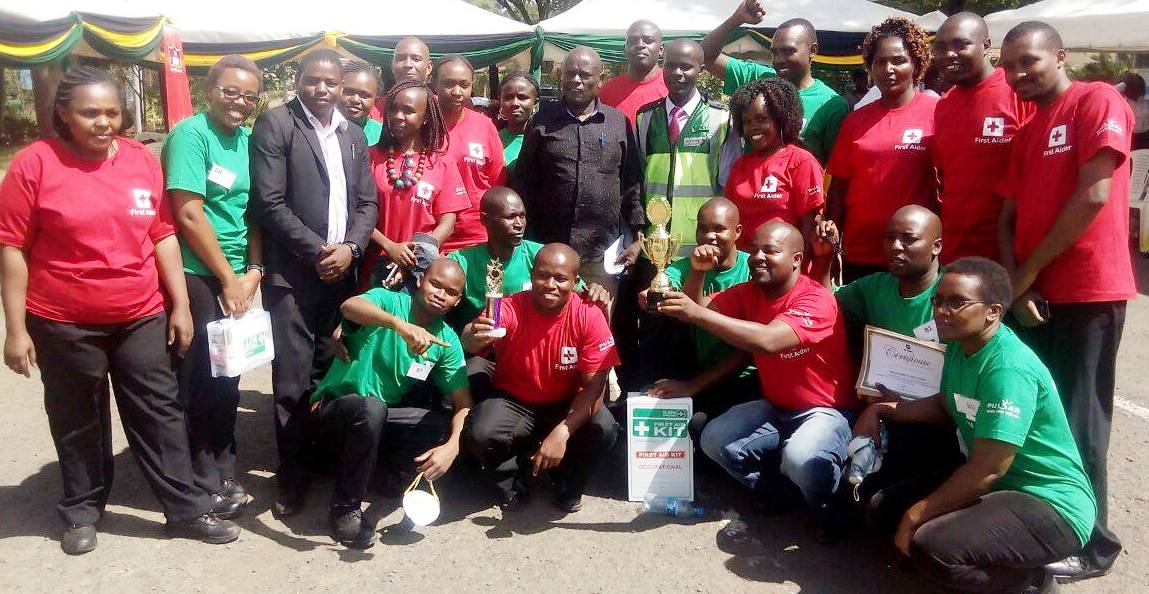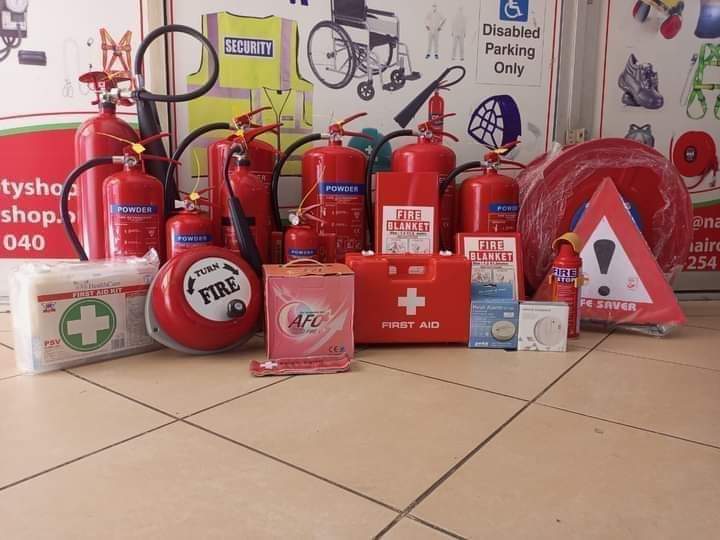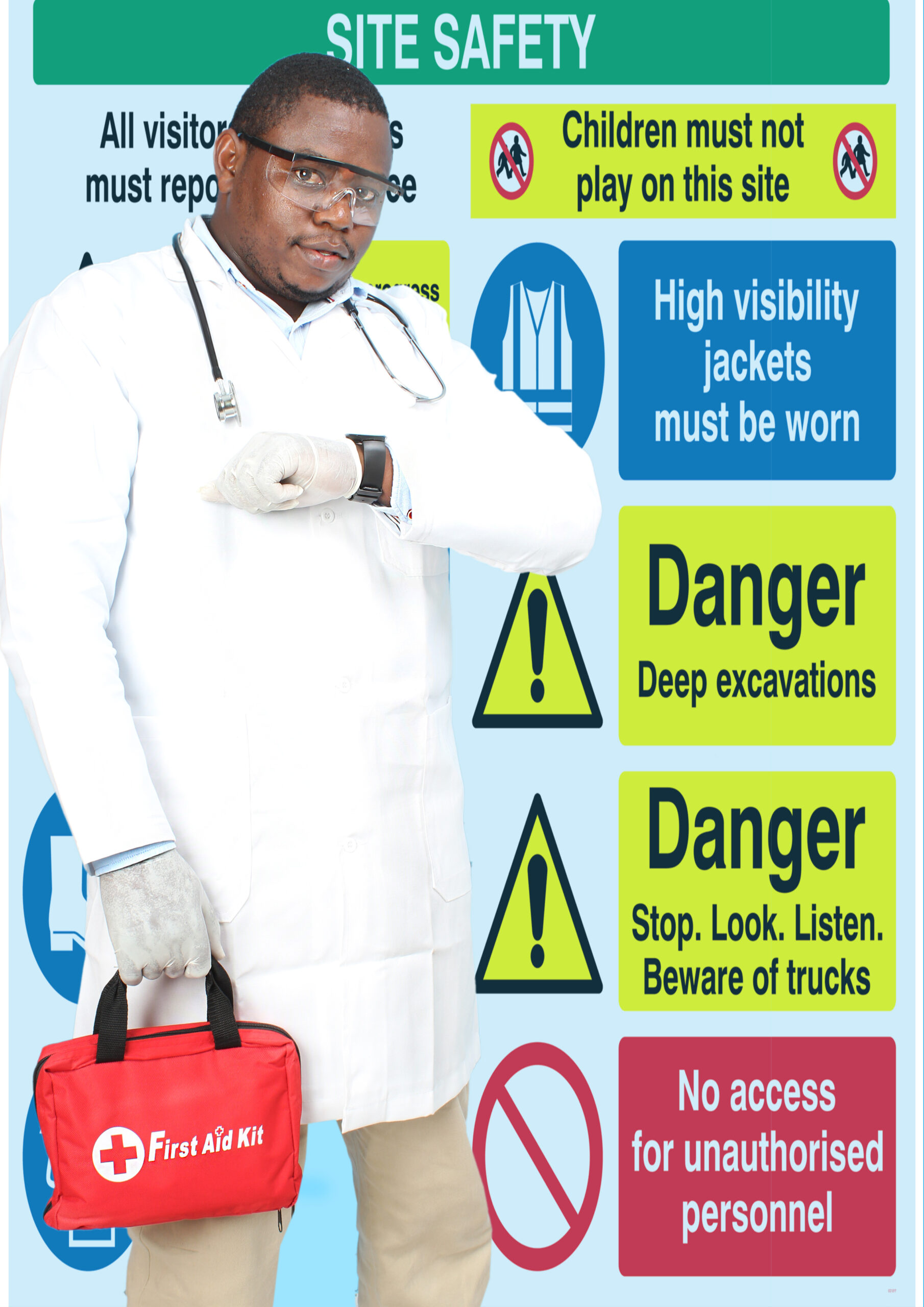For a better part of my professional journey I have been an Emergency First Responder and First Aid Trainer with different agencies before becoming the St John Ambulance Training Manager then later becoming an Ambassador Of Safety. Mi life entailed around First Aid and Occupational Safety and Health.
First aid management is a crucial aspect of workplace safety, involving the immediate care given to injured or ill individuals before professional medical help arrives. Effective first aid management can significantly improve outcomes in emergencies and ensure a safer workplace. Here’s a comprehensive guide on first aid management, including its components, principles, and best practices:
**1. First Aid Policy and Planning
Purpose: To establish a structured approach to first aid management within the workplace.
Components:
• First Aid Policy:
o Content: Organizational commitment to first aid, roles and responsibilities, and procedures for managing first aid.
o Explanation: A written policy outlines how first aid is managed and provides clear guidelines for employees and first aiders.
• First Aid Planning:
o Components: Assessment of workplace hazards, identification of first aid needs, and planning for first aid resources.
o Explanation: Ensures that the workplace is equipped to handle medical emergencies effectively.
**2. First Aid Training
Purpose: To ensure that employees are equipped with the knowledge and skills to provide effective first aid.
Types of Training:
• Basic First Aid Training:
o Content: Cardiopulmonary Resuscitation (CPR), wound care, burns treatment, and choking management.
o Explanation: Provides foundational skills needed for initial response to common injuries and medical emergencies.
• Advanced First Aid Training:
o Content: Advanced trauma care, use of automated external defibrillators (AEDs), and emergency medical response.
o Explanation: Offers more in-depth training for handling complex medical emergencies.
• Refresher Courses:
o Frequency: Regular intervals (e.g., every two years).
o Explanation: Keeps first aid skills up-to-date and reinforces knowledge.
Explanation: Training ensures that employees can respond confidently and effectively to medical emergencies, improving the overall safety and preparedness of the workplace.
**3. First Aid Equipment
Purpose: To provide the necessary tools and supplies for administering first aid.
Components:
• First Aid Kits:
o Contents: Bandages, antiseptics, dressings, gloves, tweezers, and first aid manuals.
o Explanation: Kits should be stocked with essential supplies for treating common injuries and should be accessible to all employees.
• Automated External Defibrillators (AEDs):
o Explanation: AEDs are used to treat sudden cardiac arrest and should be placed in easily accessible locations with clear signage.
• Personal Protective Equipment (PPE):
o Examples: Gloves, masks, and eye protection.
o Explanation: PPE is essential for protecting first aid providers from infection and contamination.
Explanation: Properly equipped first aid kits and devices are crucial for providing immediate care and addressing medical emergencies effectively.
**4. Emergency Response Procedures
Purpose: To provide clear instructions on how to manage medical emergencies.
Components:
• Emergency Response Plans:
o Examples: Procedures for dealing with injuries, illnesses, and medical emergencies.
o Explanation: Detailed plans outline steps to be taken in various scenarios, including when to call emergency services and how to communicate with medical professionals.
• Incident Reporting:
o Examples: Documentation of injuries, treatments administered, and follow-up actions.
o Explanation: Ensures that incidents are recorded for future reference and analysis.
Explanation: Clear response procedures help ensure that medical emergencies are managed efficiently and that all necessary actions are taken to provide care and seek help.
**5. First Aid Facilities
Purpose: To ensure that there are designated areas and resources for administering first aid.
Components:
• First Aid Rooms:
o Content: Equipped with first aid supplies, examination tables, and privacy features.
o Explanation: Provides a dedicated space for treating injuries and illnesses in a controlled environment.
• Designated First Aid Stations:
o Content: Locations with first aid kits and emergency contact information.
o Explanation: Ensures that first aid supplies are readily available throughout the workplace.
Explanation: Having well-equipped and accessible first aid facilities ensures that care can be administered promptly and effectively.
**6. First Aid Records and Documentation
Purpose: To keep accurate records of first aid activities and treatments.
Components:
• Incident Report Forms:
o Content: Details of the incident, treatment provided, and follow-up actions.
o Explanation: Helps track incidents and treatments, which is important for legal compliance and improving safety practices.
• Medical Records:
o Content: Health records of employees who have received first aid.
o Explanation: Maintains a record of medical treatments provided and any follow-up care required.
Explanation: Proper documentation ensures that incidents are tracked, and relevant information is available for future reference and analysis.
**7. Coordination with Emergency Services
Purpose: To ensure effective communication and cooperation with external medical services.
Components:
• Emergency Contact Information:
o Examples: Contact details for local emergency services and hospitals.
o Explanation: Ensures that first aid providers can quickly reach emergency services when needed.
• Emergency Procedures Communication:
o Examples: Protocols for alerting emergency services and providing necessary information.
o Explanation: Facilitates effective coordination between workplace first aiders and external medical professionals.
Explanation: Effective coordination with emergency services ensures that professional medical help can be accessed quickly and that appropriate information is provided.
**8. Post-Incident Review and Improvement
Purpose: To evaluate the effectiveness of first aid management and identify areas for improvement.
Components:
• Post-Incident Analysis:
o Examples: Reviewing incidents, assessing the effectiveness of responses, and identifying any issues.
o Explanation: Helps identify lessons learned and areas for improvement in first aid practices.
• Continuous Improvement:
o Examples: Updating first aid policies, providing additional training, and improving first aid facilities.
o Explanation: Ensures that first aid management practices are continuously enhanced based on feedback and incident analysis.
Explanation: Regular reviews and improvements help maintain and enhance the effectiveness of first aid management, ensuring that the workplace remains prepared for medical emergencies.
Effective first aid management is essential for maintaining a safe workplace and ensuring that employees receive prompt and appropriate care in emergencies. By implementing a comprehensive first aid policy, providing thorough training, maintaining well-equipped facilities, and coordinating with emergency services, organizations can significantly improve their response to medical incidents. Continuous review and improvement of first aid practices ensure that the workplace remains prepared to handle emergencies effectively and maintain a high standard of care.
READ MORE
Safety Videos
Behavioral Health and Safety
Largest Supplier Of First Aid Equipment
Road Safety



















